19.12.19 - Paul Oberman Award recipients head to Europe for thesis inspiration
The Paul Oberman Graduate Student Endowment Fund, established by Eve Lewis and family along with colleagues at Woodcliffe Landmark Properties, honours the legacy of Paul Oberman, a property developer known for his restorations of historic landmarks like the North Toronto railway station. Oberman passed away in 2011.
The fund provides research grants to Daniels Faculty students whose work follows Oberman's lead by probing the ways historic architecture is being transformed to meet contemporary needs. For 2019's Paul Oberman recipients, Isaac Neufeld and Heather Richardson, awards from the fund enabled overseas travel that directly influenced both of their Master of Architecture thesis projects.
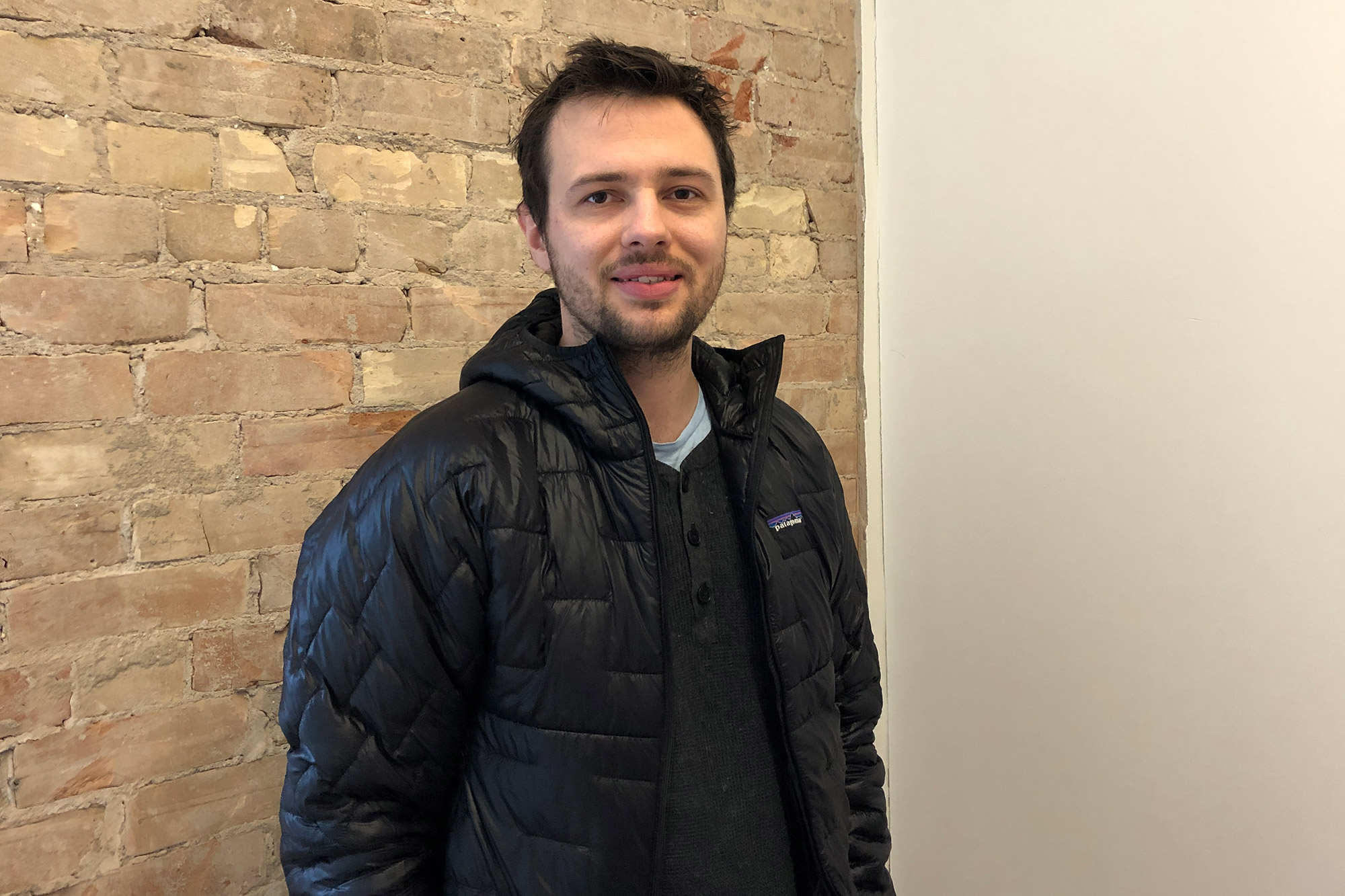
Isaac Neufeld
Neufeld, who has an undergraduate degree in mechanical engineering, is interested in the intersection between architecture and infrastructure. When he was considering potential thesis topics, he was drawn to the idea of doing a study of district heating and cooling systems — centralized plants that distribute steam or water to an entire urban district for use in HVAC systems.
"There has been a lot of documentation from organizations like the UN about how district heating and cooling systems are going to be one of the top tools for fighting climate change in cities," Neufeld says. "And so I thought architects should concern themselves with them."
But there was an obstacle to Neufeld's research: many of the most architecturally remarkable examples of district heating and cooling plants are located in western Europe. Making site visits would be prohibitively expensive.
With support from the Paul Oberman Graduate Student Endowment Award, Neufeld was able to go on a grand tour, with stops in France, the Netherlands, Denmark, Norway, Italy, Iceland, and Austria. Along the way, he visited district heating and cooling plants and attended two professional conferences: the Euroheat and Power Congress in Nantes, France, and the Urban Future Global Conference in Oslo, Norway. The award paid for travel, accommodations, and entry fees to the conferences.
Over the course of several months, he was able to visit dozens of sites relevant to his research. One standout was the Leyweg Geothermal Heat Plant, a twin-gabled structure in The Hague that pumps water from 2,000 metres below the earth's surface for use in heating. In Copenhagen, he visited the Borgergade District Cooling Plant, which cleverly emulates the red brick of the city's older buildings to put a people-friendly face on the industrial cooling equipment located within.
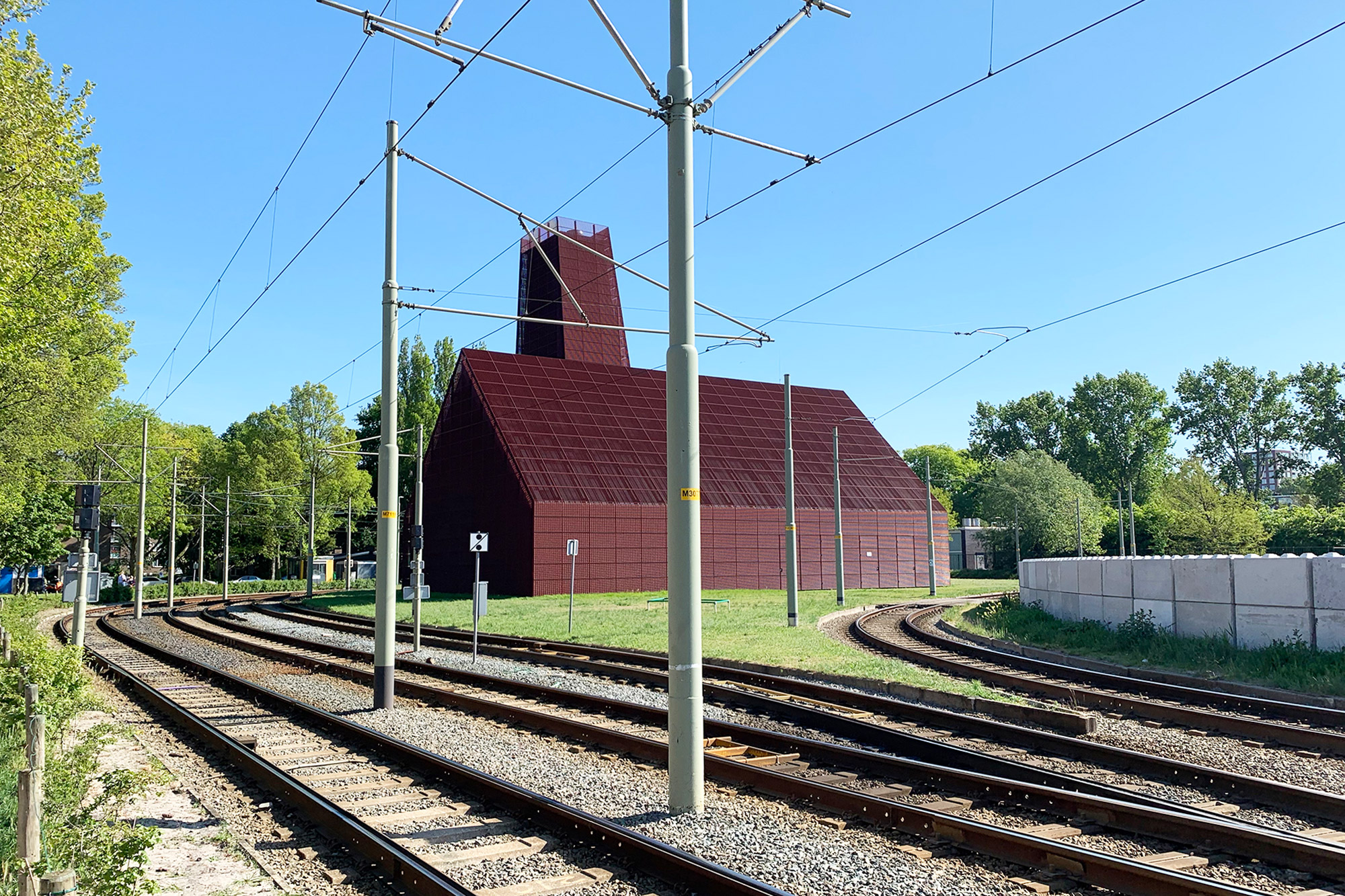
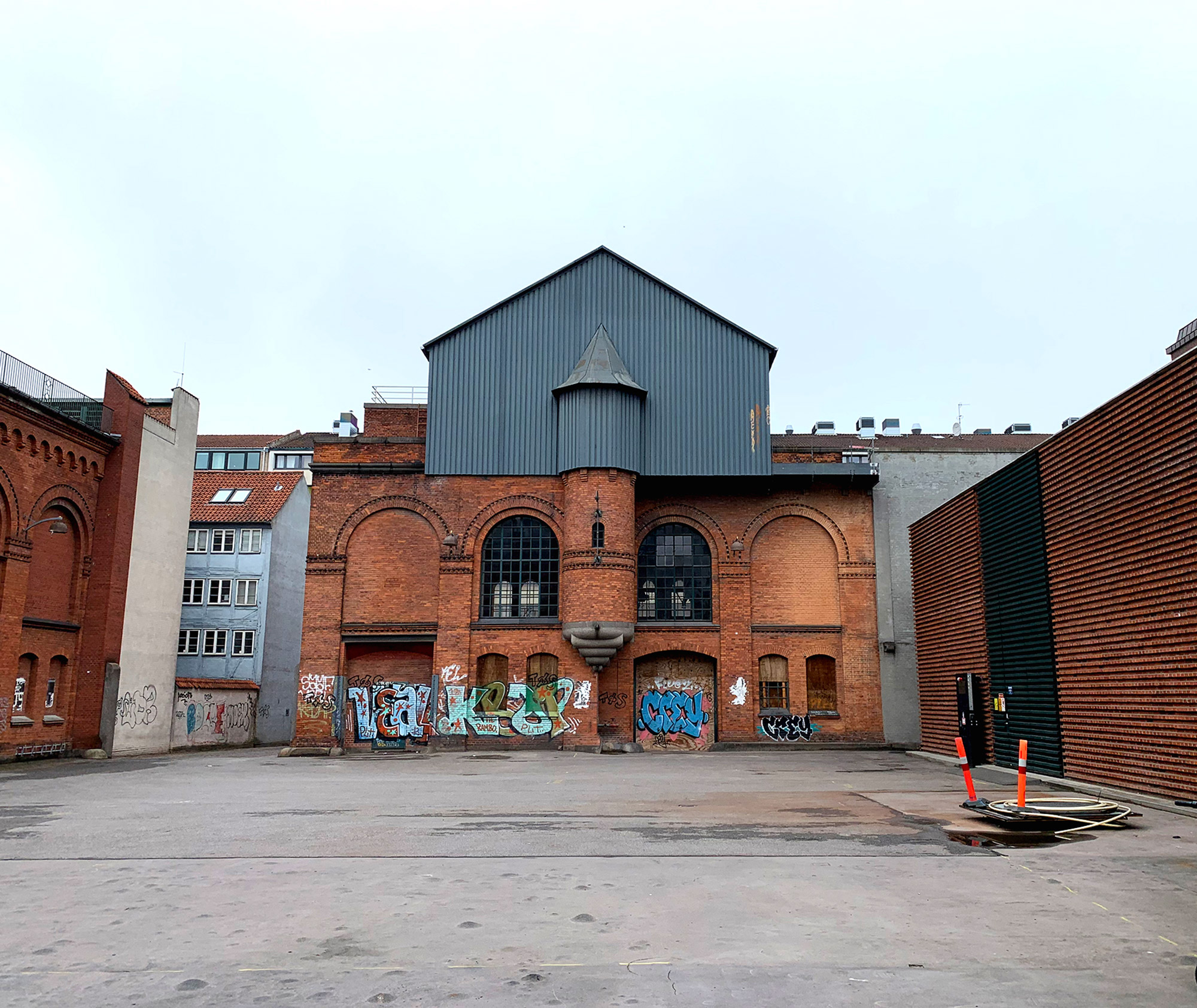
Top: the Leyweg Geothermal Heat Plant. Bottom: Borgergade District Cooling Plant. Photographs by Isaac Neufeld.
Neufeld returned to Canada with sketches, photographs, and a whole new understanding of the ways heating and cooling infrastructure can be integrated into the urban fabric. Now he's ready to tackle the biggest project of his academic career: his thesis will investigate ways of incorporating district energy systems into a suburban Toronto neighbourhood.

Photograph by Lauren Meeker.
Heather Richardson
Richardson grew up near Collingwood, Ontario, not far from the Blue Mountain ski resort. "I've been skiing since I could walk," she says.
As she entered her final year in the Daniels Faculty's Master of Architecture program, she decided to turn that lifelong skiing infatuation into a globetrotting thesis project. With the support of the Paul Oberman Graduate Student Endowment Award, she embarked on a tour of modernist ski resorts in France. The goal was to gain an understanding of the ways architects had applied mid-century urbanist ideals to these leisure-focused mountain settings, and to learn about the challenges inherent in designing a community that experiences massive seasonal population swings.
To get a sense of the size of those population swings, she planned her trip for the tail end of summer. "Even mountain biking season was ending," she says. "The resorts were really ghost towns when I went to see them. I got to chat with people who live in these places permanently, which was great."
Her stops included Flaine, a purpose-built French resort that was completed in 1969. Flaine's Bauhaus-style architecture, heavily reliant on precast concrete panels, left a strong impression on her.
At Avoriaz, another French ski village, she took in the architecture of the resort's inviting, cedar-shingled mid-century villas.
She also spent time at Les Arcs, a ski resort designed by the renowned French architect Charlotte Perriand. Richardson was struck by the designer's use of modular, prefabricated forms to produce spaces that are both efficient and beautiful. She was also impressed by the way the resort's buildings hug the slope of the mountain, making them seem like part of the landscape.
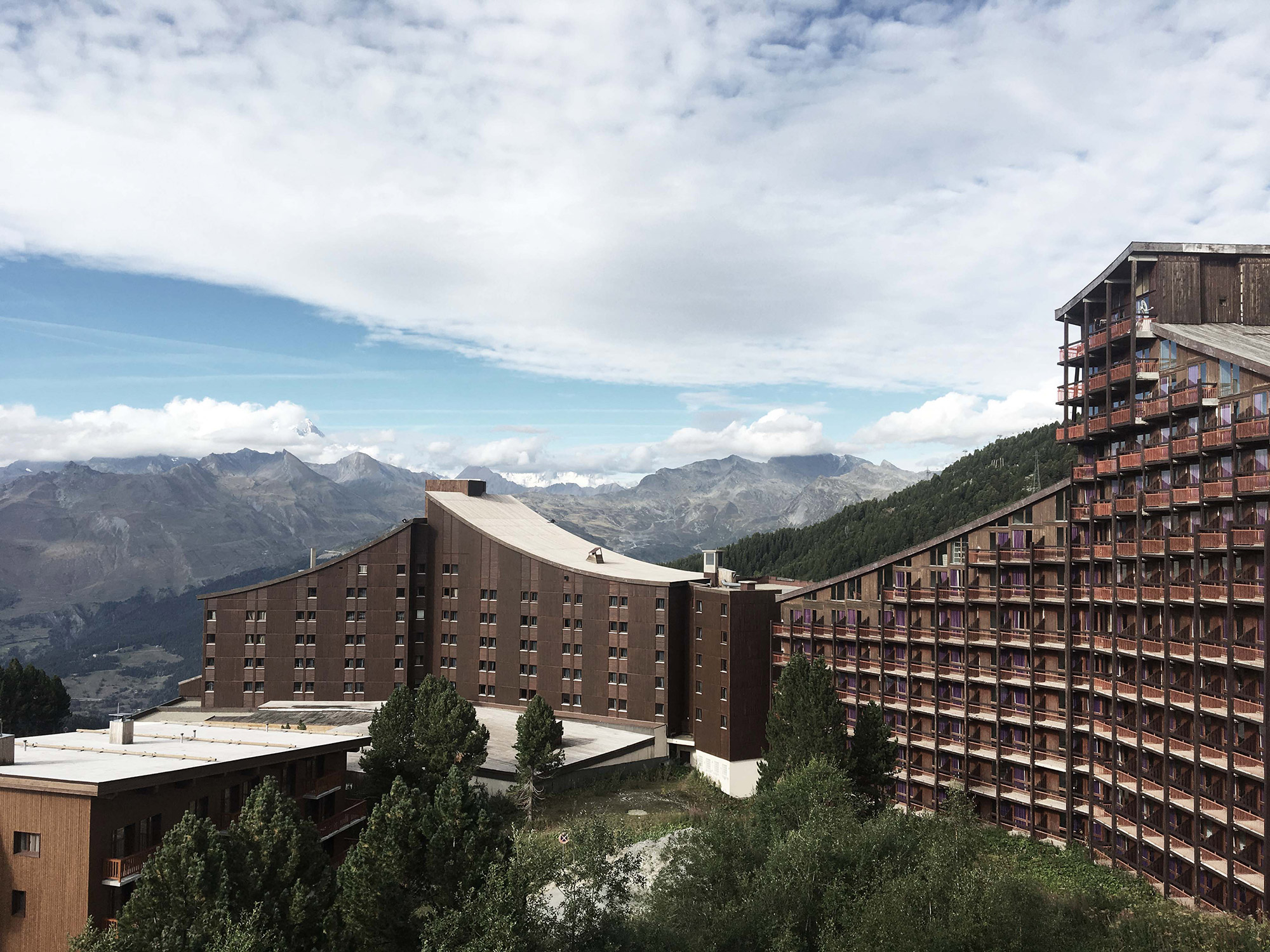
Les Arcs. Photograph by Heather Richardson.
For her thesis project, which she presented in December, she developed her own take on a modernist ski resort. Her design took inspiration from the sloping, concrete forms she saw on her European trip. She also added some innovative touches, like a system for physically moving residential modules between an on-hill station and the base of a mountain using the same elevated tramways developed for ski lifts, which Richardson sees as a potential way of increasing a resort's flexibility amidst seasonal population changes.
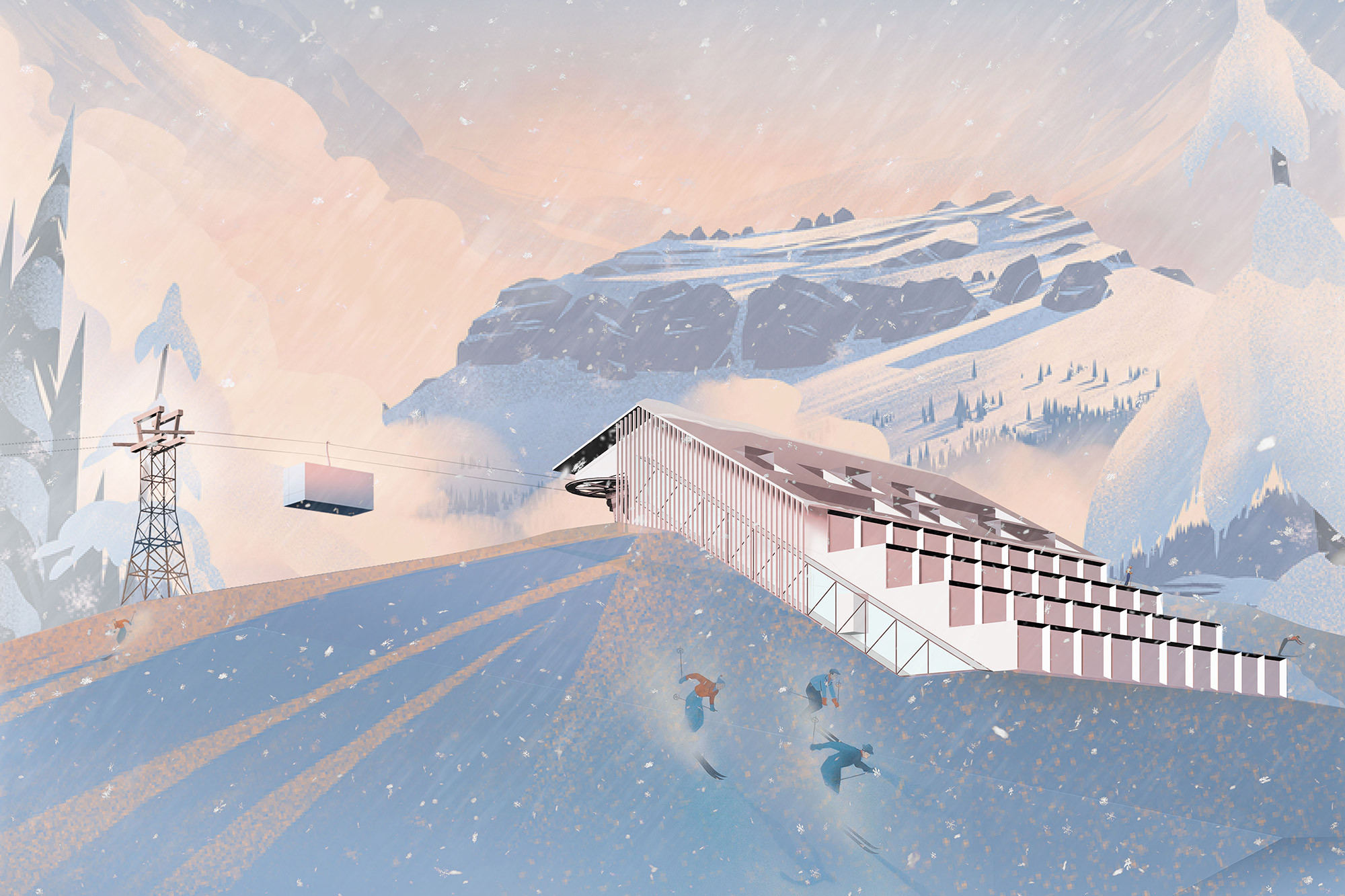
Image from Heather Richardson's thesis presentation.
"Visiting these communities has given me a great sense of place," she says. "I spent a semester studying European alpine urbanism, but once you're there you really understand the silhouettes of the buildings and how they reflect the mountainscapes behind."

